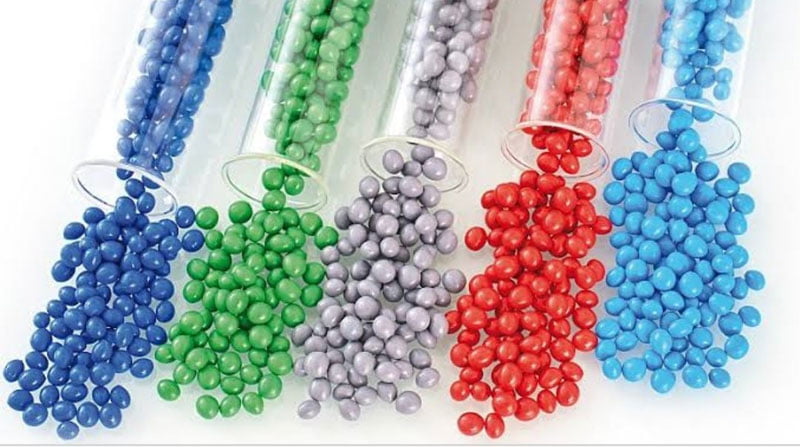Most people are aware of the versatility of natural rubber latex and its resistance to wear and tear, strength, and ability to elongate. The use of rubber impacts almost every vital aspect of our lives; from vehicles to exercise equipment, thermoplastic elastomers have a wide range of benefits. The type of rubber can combine fundamental properties found in natural rubber such as versatility, elasticity, and efficiency resulting in a highly resistant tubing material that is highly recommended for food, medical, beverage, and many other industries.
For a material to qualify as a thermoplastic elastomer, it has to satisfy the following three characteristics. These include the ability to stretch until a specific moderate elongation and return to its original shape. It should also lack the tendency to move slowly or permanently deform under the influence of mechanical stress, and it should be processed as a melt when exposed to elevated temperature.
What are the advantages of thermoplastic elastomers?
The most common advantage that thermoplastic elastomers have is producing a vast range of versatile compounds that are diverse in size. The TPE tubing can be used as a soft material and rigid depending on a particular product’s industrial specifications. The TPE tubing comes in many different shapes and avails a wide range of wall thickness to satisfy diverse specs requirements for a specific product.
The thermoplastic elastomer can be made flame-resistant since it has properties that make it more resistant to chemicals. Being resistant to flames and chemicals makes it perfect for several industrial applications that deal with chemicals full of chemicals and extremely high temperatures. TPE is a stable material that can withstand different temperature ranges and environmental effects, making it effective in producing quality products.
TPE requires little or no compounding and does not need reinforcing agents, cure systems, or stabilizers that often cause an absence in variation between batches. The fiber is, therefore, more consistent in fabricated products and raw-material.
TPE not only versatile in industrial application, but it is also a cost-effective solution for silicone, latex, and polyvinyl chloride compounds. Most companies are switching from natural rubber to thermoplastic elastomer for better and quality products, which offers a more efficient and effective alternative to latex and silicone tubing applications.
Why you need to switch to thermoplastic elastomer
According to statistics taken from the market, TPE use has increased at a 9% rate annually since 1990. Most manufacturers opt to use thermoplastic elastomer in the innovation of their products. Before making the jump into TPE use in your business, it is advisable to consult a professional so that you are fully aware of the pros and cons of the product you manufacture. It will also help you streamline the process of manufacturing to ensure a top-quality final product.

